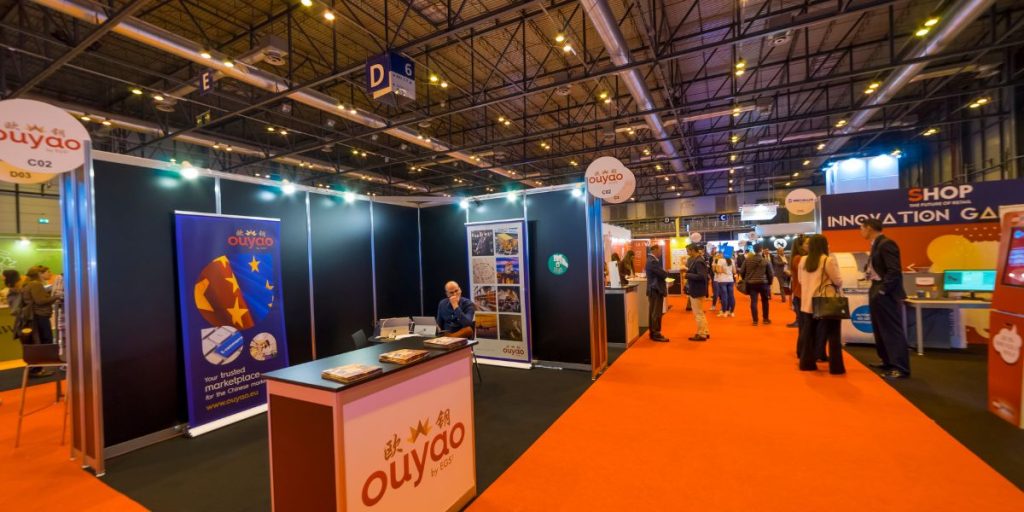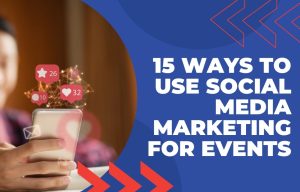
Source: Canva
Attending an exhibition can be a massive undertaking, requiring significant planning and an investment in both time and money. Just one mistake can often bring the whole process to its knees, meaning that you have to be vigilant at all times. We can’t tell you about every possible exhibition mistake you can make, but we can note some big ones to help you ensure your exhibition visit is as successful as possible.
1. Scrimping on Costs
Exhibitions are not cheap. A high-quality exhibit is an investment in the success of your brand. Don’t make the exhibition mistake of not investing in high-quality banners, flooring, interactive elements or a modular stand—these details matter more than you might think. The visual appeal of your stand is the first impression that visitors will have of your company so you need to make sure it’s a positive one. Cheap, flimsy materials or poorly designed graphics can quickly turn people away.
Consider whether you would be interested in a company that doesn’t invest enough in its own image or quality displays. A well-designed, professional stand tells visitors that you are serious, successful, and worth their time. So, budget properly and ensure you spend money wisely. The investment you make will lead to better results and more meaningful connections.
2. Not Following Up on Leads
It’s great getting sales at exhibitions, but the real value often lies in the connections you build and the potential sales that come afterwards. A large percentage of money you make from an exhibition will come from following up on leads and keeping in contact with potential customers who have shown interest.
After an exhibition, memories fade fast so if you wait too long your leads will forget about you or find a competitor who followed up faster. Avoid this exhibition mistake by having a plan in place beforehand to ensure that every lead is followed up promptly and personally.
Consider segmenting your leads and develop tailored follow-up messages for each group. For example you may segment based on the products they were interested in. Personal touches such as referring to a conversation you had at the exhibition can make all the difference. Remember, multiple touchpoints are important. Contact potential leads with an email, a follow-up call, and maybe include a special offer.
3. Sending Inexperienced Staff Members
Staffing your exhibit is crucial, and you should never make the exhibition mistake of relying on inexperienced members of staff to make those all-important sales and contacts. Exhibitions are dynamic and fast-paced where most interactions are time-sensitive. It’s essential to have people on your team who not only understand the products and services you offer but also have confidence, and even better, sales experience.
Experienced salespeople can read the room and adapt their approach to close a deal. They can also handle difficult questions, objections, and any unexpected scenarios. Now that’s not to say junior employees can’t be involved. Exhibitions are excellent learning opportunities. However, they could shadow more experienced team members rather than lead sales conversions.
Before sending anyone to an event, comprehensive training is vital. Focus on sharpening product knowledge, and teaching effective communication and sales techniques. Additionally, ensure staff understand the main goals for the exhibition, whether that’s generating leads, building brand awareness, or product sales.
4. Not Forward Planning
Failing to plan effectively is one of the most common, and costly, exhibition mistakes. It’s easy to assume that all you need is a great booth and a positive attitude, but without a strategic plan, you’ll find yourself overwhelmed.
Before the exhibition, map out every detail. Consider how you will manage visitors when multiple people arrive at your booth. What’s the process for qualifying leads? Having an efficient system for capturing leads is particularly crucial. Using a digital tool such as a lead capture app will help you collect contact information quickly and accurately.
Additionally, plan out your promotional strategy. Will you offer product demos or be giving out free exhibition gifts? Each of these activities requires preparation and coordination.
5. Keeping Poor Records
If the exhibition is a success, you’ll want to go to more in the future. But how will you know whether the next event is a success or not if you don’t keep detailed records? Tracking metrics are essential for measuring your return on investment (ROI) and making informed decisions to improve future exhibition strategies.
Whilst sales are important, they aren’t the only metric to consider. You should be tracking other key performance indicators, such as:
- Footfall: Was there a peak time when traffic was highest? Where did visitors gravitate to?
- Lead quality: How many high-quality leads did you generate? Was there a specific demographic that showed more interest (This may inform marketing activities or the next show you attend)?
- Engagement: How many people interacted with your display, requested more information, or participated in a demonstration?
- Marketing effectiveness: Did attendees mention your pre-show marketing (emails, social media posts, etc.)? What promotions attracted the most attention?
Additionally, track how much you spent on areas like stand design, promotional materials, staffing, travel, and so on. This will help you identify where you got the most value for money or where you may want to cut back (or spend more) next time.
Avoiding these five exhibition mistakes requires proper planning, a solid budget, and attention to detail. Exhibitions are great opportunities to grow your brand, engage with new customers, and strengthen existing relationships. By making sure you invest in quality, follow up on leads, send experienced staff, plan meticulously, and keep records, you can maximise your exhibition success. For more information on exhibitions happening around the world, head over to our trade show calendar.




